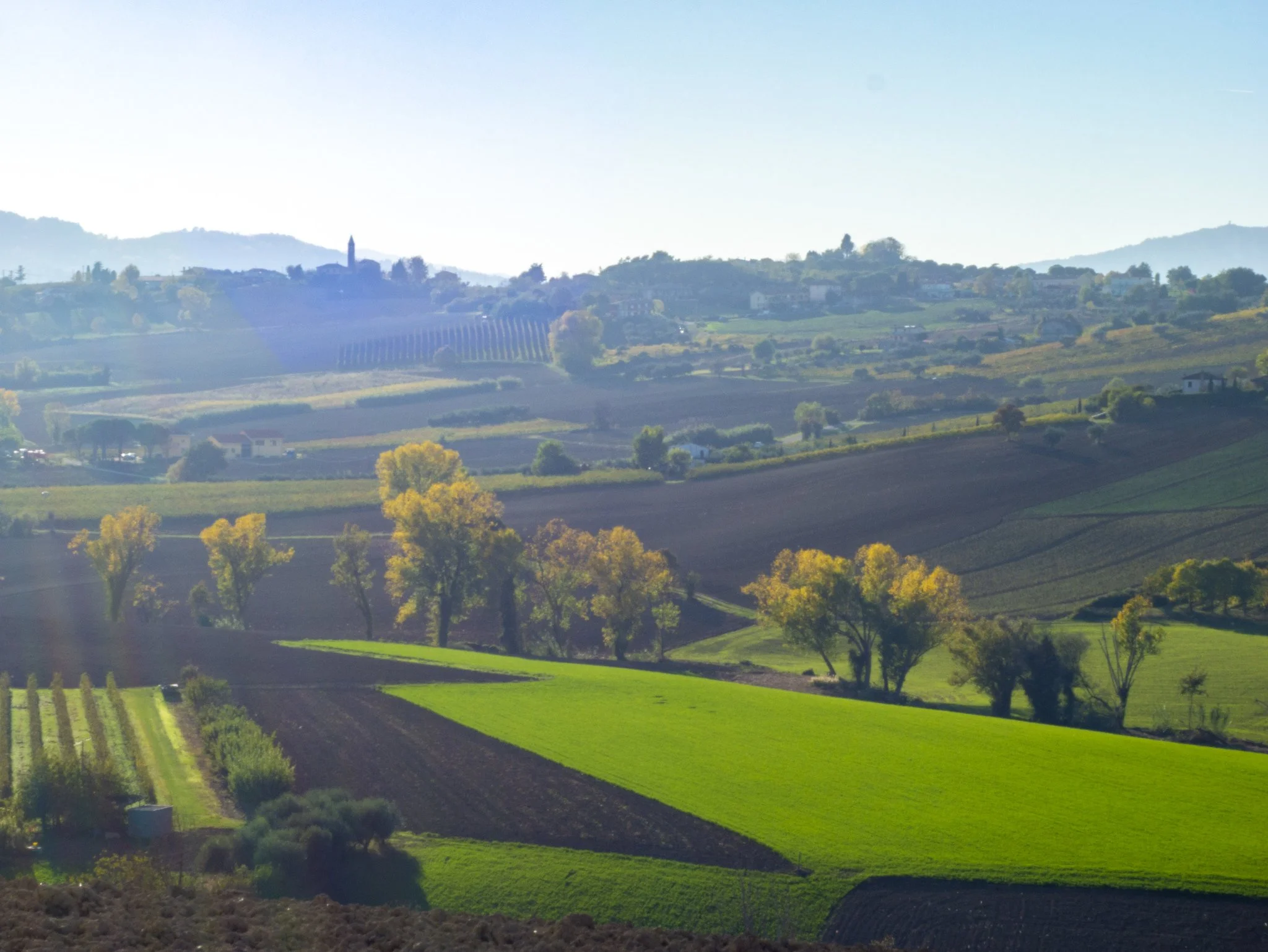
Emilia Romagna
Government Structure and Role
Population: 4.4 million (2021)
GDP: €149 million / US$165 million
Geographic area (sq miles/kilometers):
22,446 km² / 8,666 sq mi
Major economic sectors: Manufacturing, Packaging, Agribusiness; Building and Construction; Mechatronics and Motoring
Government size – number of employees: 4,000
Governments & Jurisdictions: 330 municipalities, organized into one Metropolitan City (Bologna) and 8 provinces (Ferrara, Forlì-Cesena, Modena, Parma, Piacenza, Ravenna, Reggio Emilia and Rimini).
Governance on Climate Change
Key laws and strategies
The Climate Change Mitigation and Adaptation Strategy for the Emilia-Romagna Region, approved by Assembly Resolution no. 187 in December 2018 serves as a comprehensive framework for regional administrations and organizations, assisting them in understanding and addressing the impacts of climate change across different sectors. It integrates both mitigation and adaptation measures, acknowledging their interconnectedness to effectively combat climate change. Regional authorities are updating this strategy to enhance the monitoring system and to refine indicators for adaptation.
Emilia-Romagna also actively supports municipalities in implementing climate action plans, with over 266 out of 330 towns having developed such plans. Additionally, evaluating the recent flood events of 2023, Emilia-Romagna will develop an adaptation plan tied to the Region’s Adaptation Strategy and aims to enact a climate law.
Internal governance structure
The integrated monitoring and evaluation of regional policies' effectiveness on climate change mitigation and adaptation are overseen by the "Organizational Presidium on Climate Change" in line with the Unified Strategy for Adaptation and Mitigation of the Emilia-Romagna Region.
Support functions are provided by the Observatory of Climate Change and its Impacts in Emilia-Romagna at Arpae Emilia-Romagna, as well as by the Energy Observatory at Arpae Emilia-Romagna. Additionally, a permanent regional Climate Change Forum has been established. Following this, the activities previously managed by the Organizational Presidium on Climate Change have been reassigned to the Presidency Cabinet of the Council. The President's Cabinet works together with all directorates general, depending on their activities.
Recent and Projected Impacts: MCAP Priority Climate Risks
Extreme Heat: Emilia-Romagna experienced significant rising temperatures between 1961 and 2016, particularly during the summer months. Projections for 2021-2050 indicate additional temperature increases estimated at 1.5°C in winter, spring, and autumn seasons, and estimated at 2.5°C in the summer months. These increases are expected to be accompanied by heightened temperature extremes, such as heatwaves and tropical nights.
Droughts: Increasing temperatures and decreasing precipitation, along with shrinking alpine glaciers, lead to prolonged and frequent drought periods. This vulnerability has resulted in frequent water shortages, especially as demand for water use continues to increase.
Wildfires: While wildfires are not a predominant concern for Emilia-Romagna, the region does face occasional fire incidents, which are well-managed by forest management authorities.
